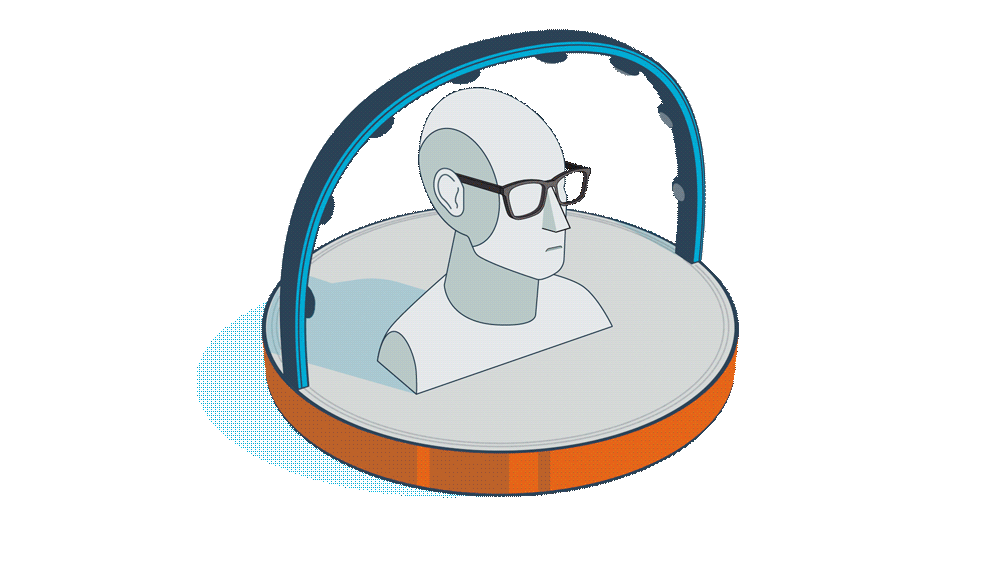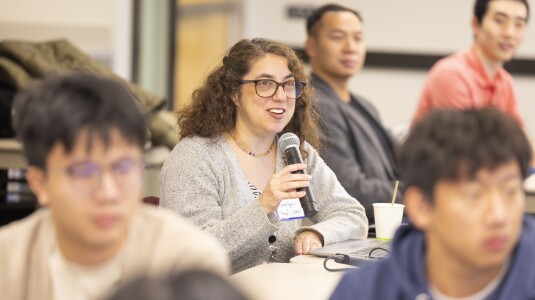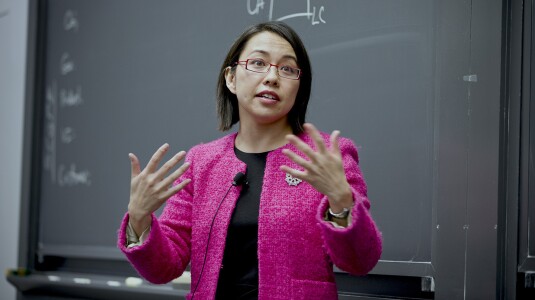Customer-obsessed science


Research areas
-
December 10, 20255 min readNew audio-processing technology is making entertainment more accessible for millions of viewers.
-
December 8, 20258 min read
-
December 5, 20256 min read
-
-
Featured news
-
NeurIPS 2024 Workshop on Efficient Natural Language and Speech Processing (ENLSP-IV)2024Speculative decoding aims to speed up autoregressive generation of a language model by verifying in parallel the tokens generated by a smaller draft model. In this work, we explore the effectiveness of learning-free, negligible-cost draft strategies, namely N-grams obtained from the model weights and the context. While the predicted next token of the base model is rarely the top prediction of these simple
-
2024We introduce Condition-Aware Self-Supervised Learning Representation (CASSLR), a generalist conditioning model broadly applicable to various speech-processing tasks. Compared to standard fine-tuning methods that optimize for downstream models, CA-SSLR integrates language and speaker embeddings from earlier layers, making the SSL model aware of the current language and speaker context. This approach reduces
-
2024Prompt-based learning has been demonstrated as a compelling paradigm contributing to large language models’ tremendous success (LLMs). Inspired by their success in language tasks, existing research has leveraged LLMs in embodied instruction following and task planning. In this work, we tackle the problem of training a robot to understand multimodal prompts, interleaving vision signals with text descriptions
-
NeurIPS 2024 Workshop on Efficient Natural Language and Speech Processing (ENLSP-IV)2024Large language models (LLMs) have achieved remarkable performance on various natural language processing tasks, but training LLMs at scale is extremely resource-intensive, requiring substantial computational power, memory, and energy consumption. This has motivated research into efficient training methods, particularly during the pre-training phase. There are two main approaches to approximate full-rank
-
2024Online paging is a fundamental problem in the field of online algorithms, in which one maintains a cache of 𝑘 slots as requests for fetching pages arrive online. In the weighted variant of this problem, each page has its own fetching cost; a substantial line of work on this problem culminated in an (optimal) 𝑂(log 𝑘)-competitive randomized algorithm, due to Bansal, Buchbinder and Naor (FOCS’07). Existing
Collaborations
View allWhether you're a faculty member or student, there are number of ways you can engage with Amazon.
View all











































